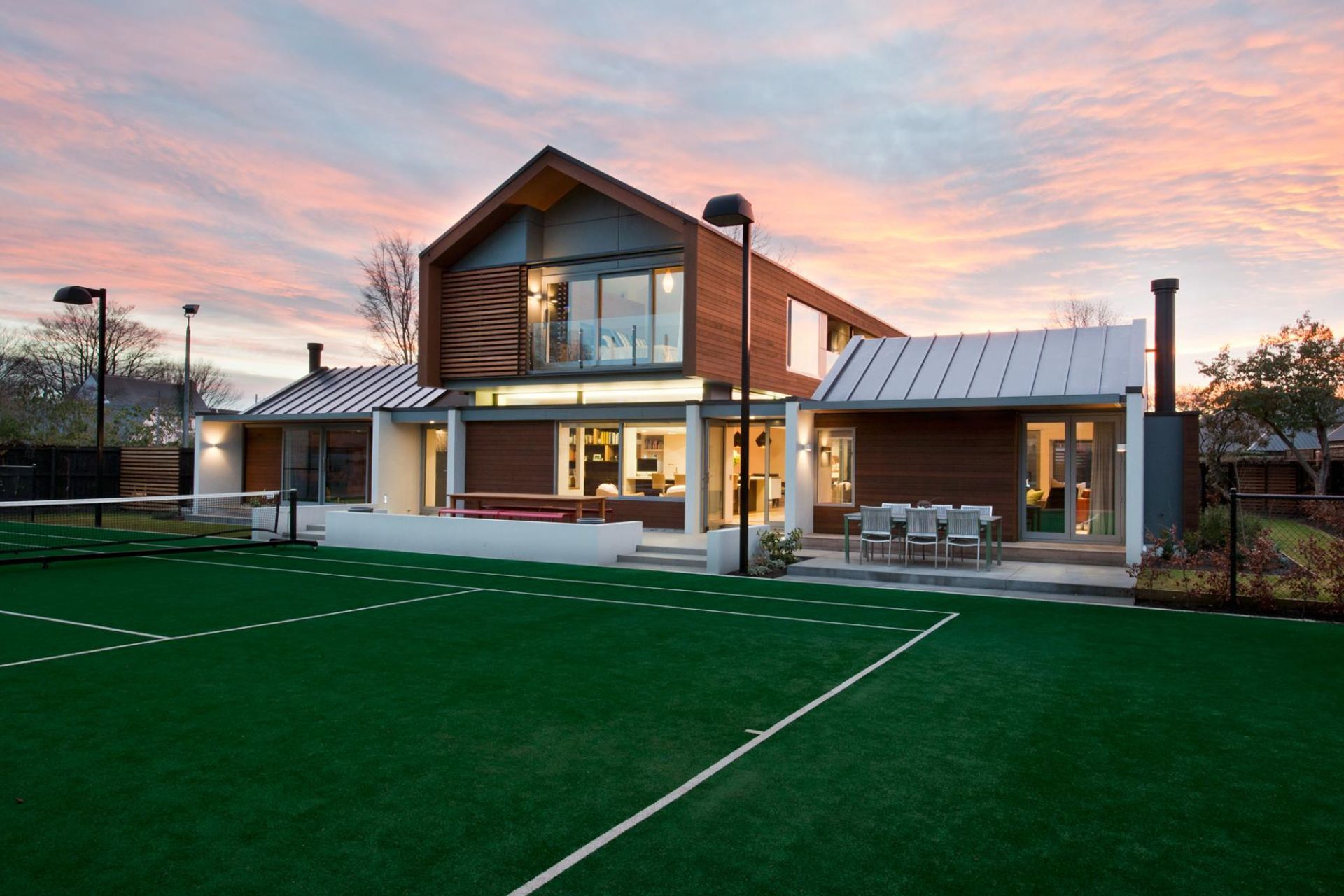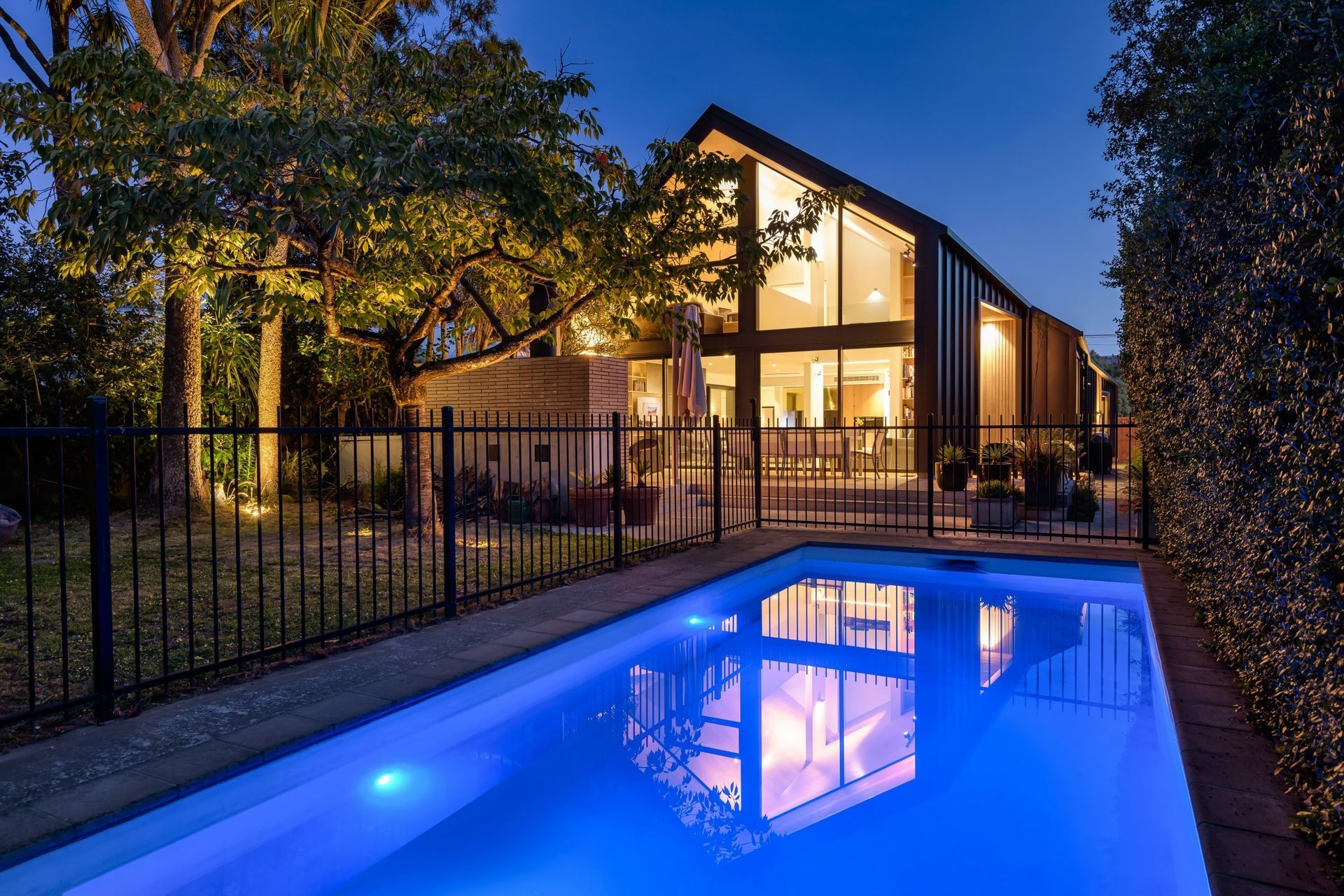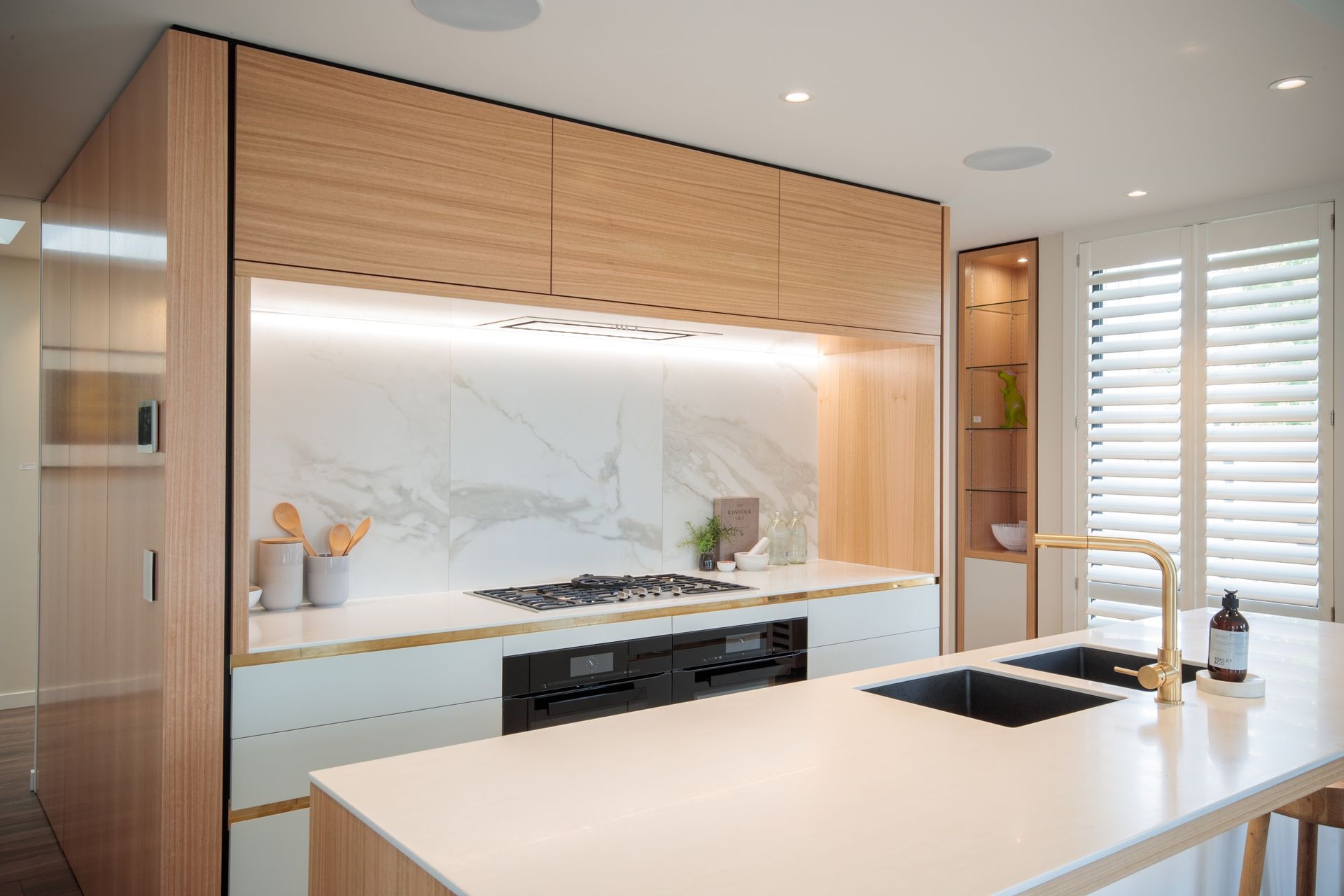Building dreams: Understanding the costs of building luxury homes
Written by
06 November 2023
•
9 min read

Building a house in New Zealand is a challenging prospect, let alone one at the upper end of the scale. Budgeting is key to any successful project of this kind and while it’s almost impossible to say how much a luxury home will cost without going into the specifics of a project, you can identify where these costs tend to arise over and above the norm.
The nature of these homes, or what is deemed a luxury home, is also always in a state of flux, as explained by Melissa Prosser from Mark Prosser Builders.
“I remember it wasn't that long ago that a luxury home was around 400-500 sqm, but the last one we just finished was over 700 sqm, which was the biggest one we've ever built. Now we're on one that's about 670 sqm and so they're definitely creeping up.”
The hallmarks of a luxury home and their budget implications
One of the best ways to determine the cost of a luxury home is to focus on the characteristics that distinguish it from a standard home. This allows us to understand what defines a luxury home and the costs that are associated with these additional features.
Size of a luxury home
While a large floor area isn’t always a trait of a luxury home, it is a fairly common one. That’s because luxury homes tend to have multiple bedrooms, bathrooms, amenities and living areas — all of which are fairly spacious.
According to recent research published by Canstar, the average cost to build a home in New Zealand was $2,820 per m² in 2022. However, according to Melissa, this average is probably offset by the boom in smaller townhouse developments.
“I can't remember the last time we built a house for $2,500 a square. That’s really the volume builder. Our clients don’t really ask ‘How much will it cost me per square?’ They look at it in a way of ‘This is what I've got to spend. Can I get everything in there that I want?’... So, without being specific on cost, we are more in the market where cost is dictated by our clients having the luxury of choices. We always try to make these choices as cost competitive as possible but in reality these homes can range from $4,500 - well over the $10,000 per square”
While saying this, Melissa says size, in and of itself, isn’t always the main factor that influences the overall budget.
“The cost comes down to the detail that goes into it. There's such a massive variance even in the ‘luxury market’, as you call it, and you could have a big home but it doesn't necessarily have to have a big cost per sqm because it may not have the natural stone specialised finish on the walls, a custom made fireplace or any structural steel. So there’s a huge variance just by your choice of product.”
High-quality materials and finishes
High-quality building materials and finishes, like some of the products just mentioned, are a defining feature of a luxury home and an important part of what makes it unique.
“At our end of the market, clients are looking for something different. They don't want to build a house that looks like something else in the area. It's all about being completely bespoke and sustainable. The clients are usually well-travelled, like what they’ve seen overseas and want to include it in their homes. That's what's exciting for us because we see products that we haven't used before or a particular look that we haven't done before.”
As you might expect, these material costs can have just as big an impact on a budget and the proportion of spend in a project.
“The old rule used to be that you spend about 60% of your budget to lock up, meaning you've paid for your foundation floor, framing, windows, roof, and cladding, etcetera, to get the home sealed up. That's just on a standard type of home. Whereas when you're getting into products that are quite expensive, like natural stone, for example, that might be $650 a square, then that percentage sort of gets skewed so you can expect to pay a little more.”
Home comforts and amenities
Amenities can set luxury homes apart. Features like heated swimming pools, home theatres, wine cellars, outdoor entertainment areas, saunas, and gym facilities are common in New Zealand's luxury properties. While the costs for these amenities can be high, what people often don’t realise is that it’s generally because of the engineering and mechanics that work behind the scenes to support the amenity.
“It's all very well building a pool with a spa and the windows and everything that goes around it, but you still need to have a mechanically engineered unit that keeps the room at the right temperature. So of course, then you've got to build the plant room to go with it, and possibly import a massive unit that's come from Sweden that's as quiet as a mouse because the last thing you want in this fabulous area in your home is something buzzing away in the corner, so that's where the cost comes up.”
Architectural features
Many luxury homes in New Zealand are also architecturally designed, often with unique or bespoke features that allow them to stand out as one-of-a-kind homes. These features can be technically challenging for all involved, which can increase costs, but also, the risk of associated costs as a direct result of these challenges.
“In an architectural build, you can have something like a bespoke facade that’s been shop drawn and everything else, but once it's come to the site, it doesn't quite work, so you’ve got to make alterations to the structural steel that supports it. That is where time and cost can come up, especially when you're trying to get everything perfect, and it has to be perfect, otherwise, it won't look right.”
With these architectural elements, a different pricing arrangement is usually established.
“What we tend to do is flag something like that as a really high-risk area of the project. If the client wants a fixed price, we're more than happy to do that, but we will have to build in the risk. We usually do it as a cost-plus so everyone can see what the costs are.”
Technology
State-of-the-art home automation systems, advanced security systems, heating and cooling systems and other smart home features are frequently found in luxury residences and have become more prominent in recent years.
“There's a lot of automation products that are on the market and we tend to have clients who will want to automate their lighting, blinds, sound, and their security — everything all in one, which we didn’t have in the old days. But it’s just so easy to use now, so it’s a no-brainer really.”
While these inclusions obviously come with higher implementation costs, many of them also lead to better and greener outcomes, something Melissa’s clients are increasingly pushing for.
“I think people are moving more towards solar heating, looking for cheaper ways of running their homes. This includes things like solar hot water pipes in the floor, geothermal heating systems, and thermally broken windows as part of the design. We’re certainly seeing clients wanting to be more green and self-sustainable.”
Landscaping
An important part of what makes a luxury home feel luxurious is its surroundings, much of which is a direct result of the landscaping work that goes into it. Professional, mature, and well-maintained landscaping can add significant value and appeal to a luxury property and is an aspect that needs to be carefully considered from the outset. Part of this will be done by the builders while other aspects are done by other landscaping professionals.
“Landscaping is a huge part of an overall look of a project and there are some really good landscape architects out there that know their stuff. What we tend to do, as far as landscaping goes, is hard landscaping. The pathways that need boxing, retaining walls, the concreting and the hardwood decking. The soft landscaping, like the gravel, planting, edging, etcetera, is left to the landscaping companies.”
Landscaping is not just about aesthetics, however, but sometimes about preparing a challenging site for a build. This is fairly common for homes of this type, often situated in idyllic, remote locations, which has its own implications on a budget.
“We’re currently working on a project where the site’s on a hill and there's a lot of rock breaking and that sort of thing. So I'm actually just working on the budget around that, talking with the excavator and asking how much more soil’s got to come out, which also means engineers are heavily involved, and we’ve got all these concrete block walls going in... So there are still a lot of other people that need to be involved. To be fair to the client, we try to give them some clarity and comfort of where they can expect the costs to go.”
Parting advice for managing a luxury home build budget
Having covered the key aspects of where to expect costs from things that make a luxury home what it is, we asked Melissa if she had any final tips for those who plan to build their own dream home.
“There's a lot of work that goes into designing a forever home. It's not a two-month design-and-plan sort of thing. There's a lot of thinking, whether it's about the products you choose, the placement of tech, etcetera. If you want to do it right, you need to have all those things sorted very early on to make sure that they fit perfectly in that space. You need to be as detailed as you can before you start, working with your architect before handing it over to the builder and quantity surveyor, to make the dream a reality, and we’ll continue that level of detail all the way through.”
Learn more about Mark Prosser Builder’s projects.






